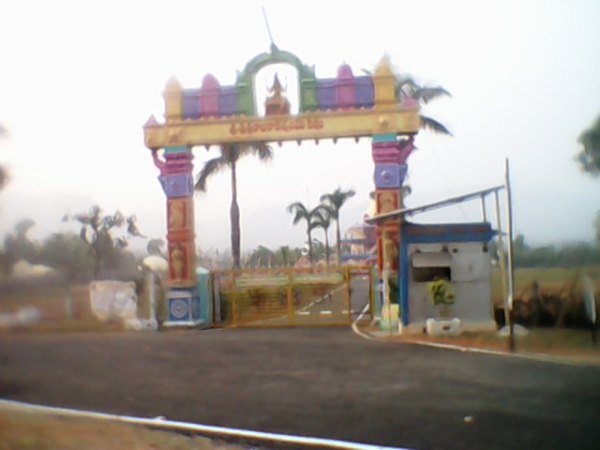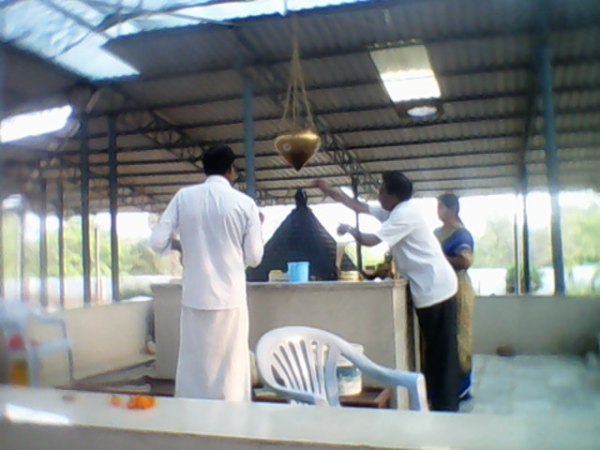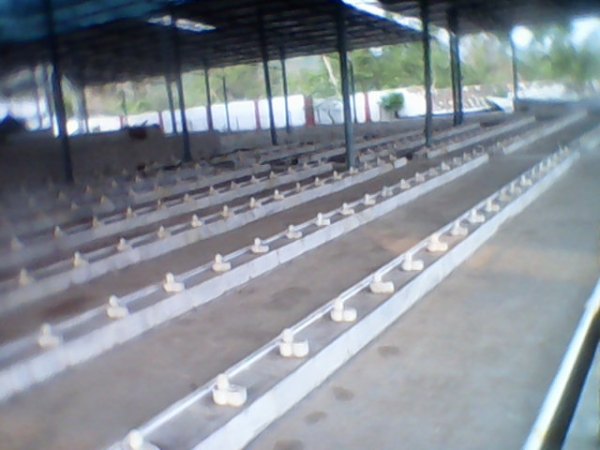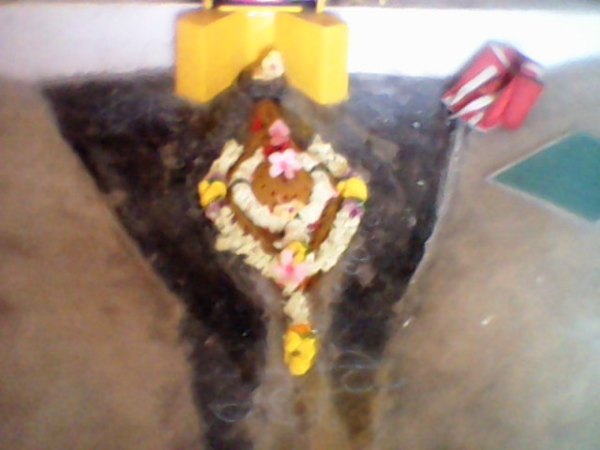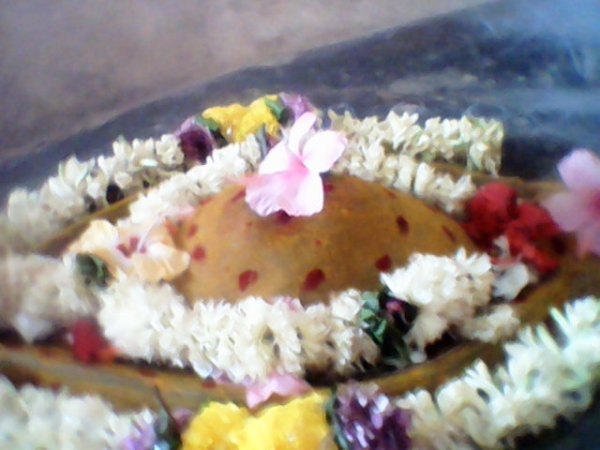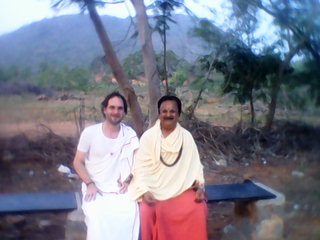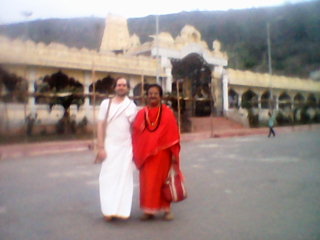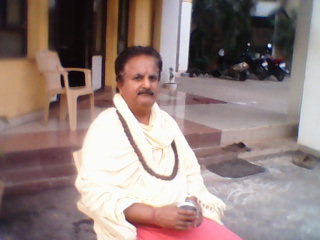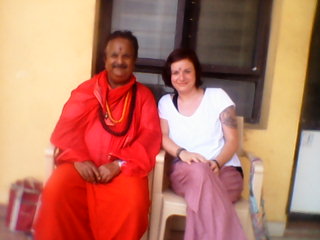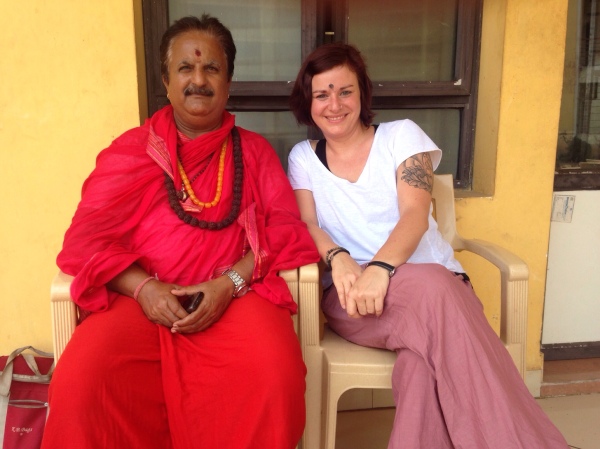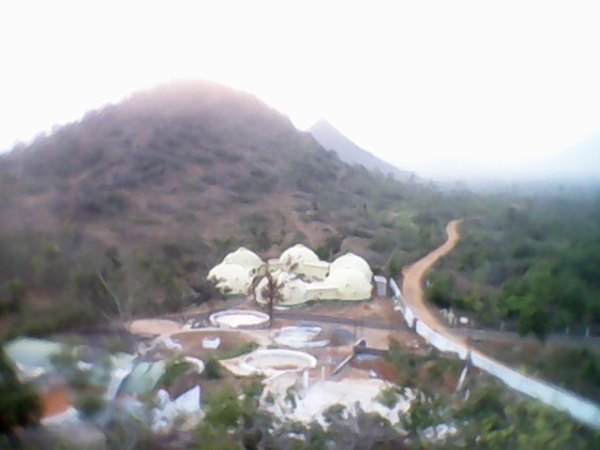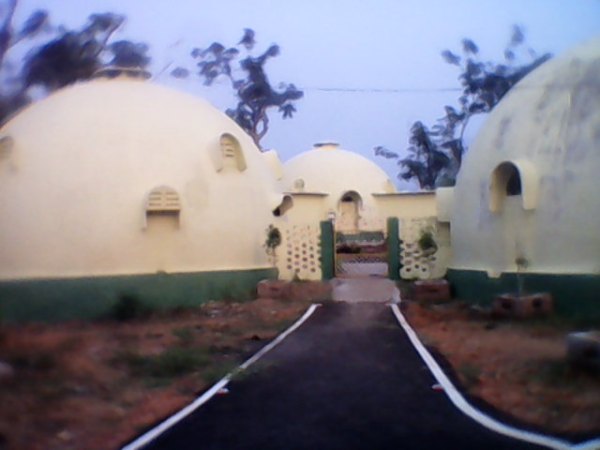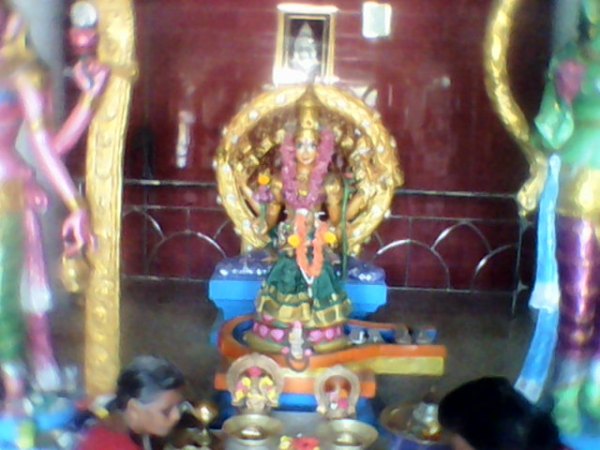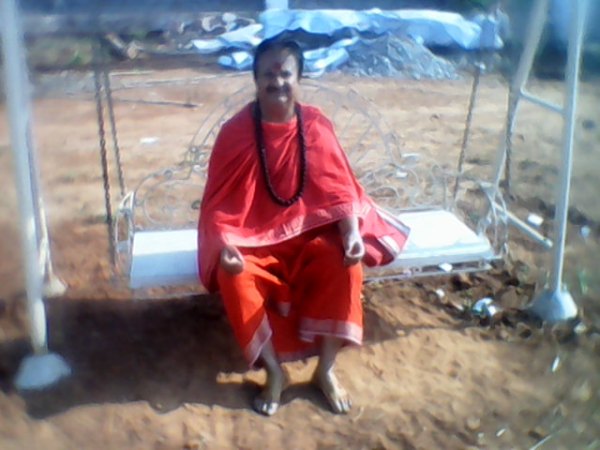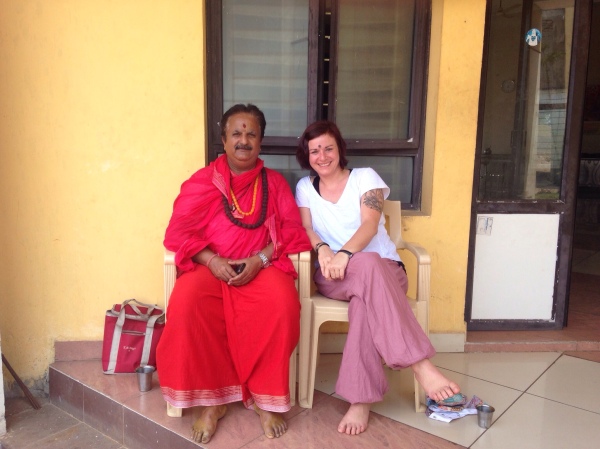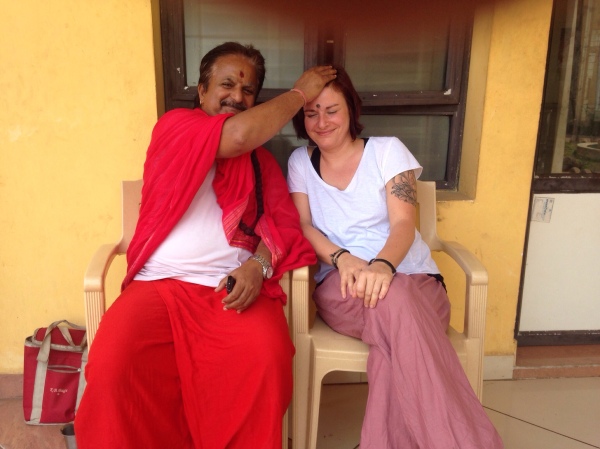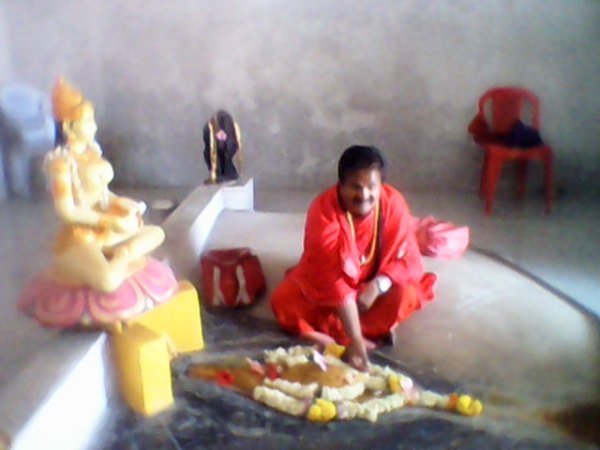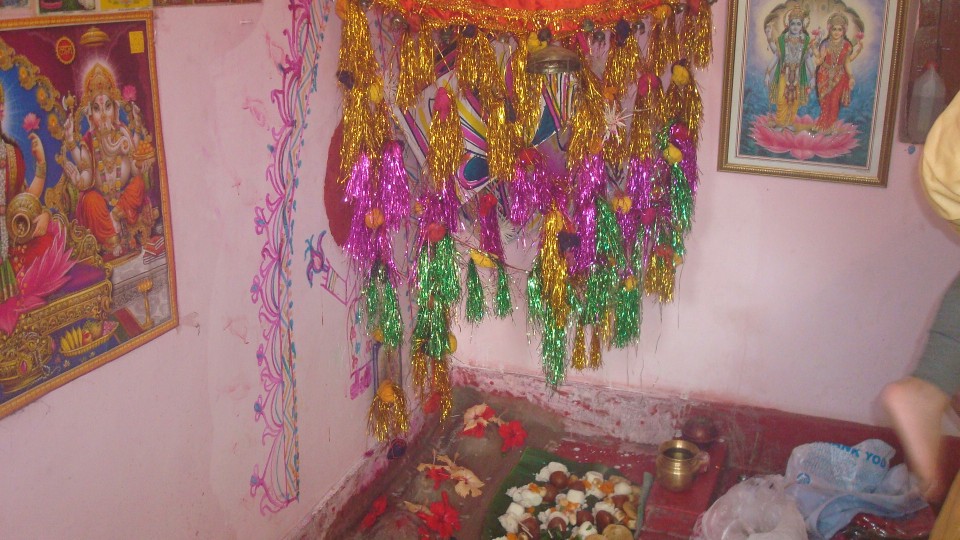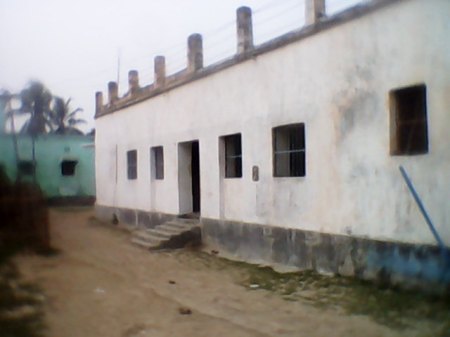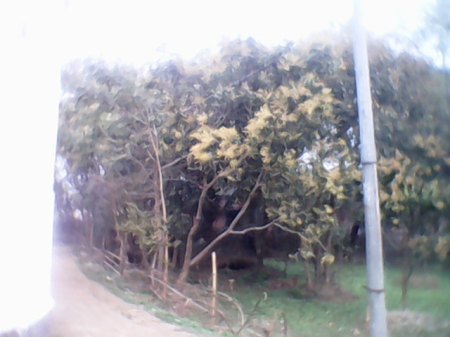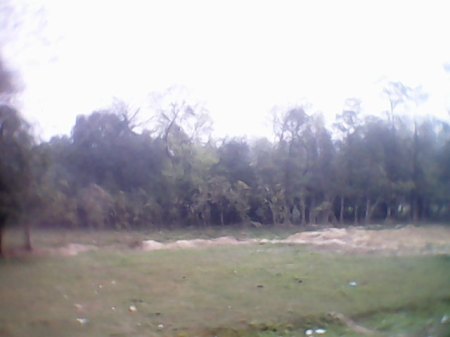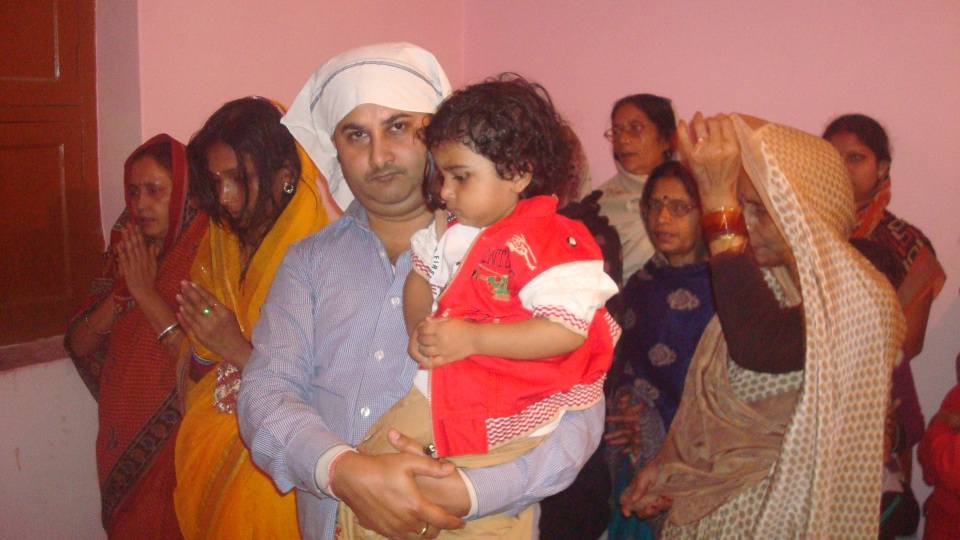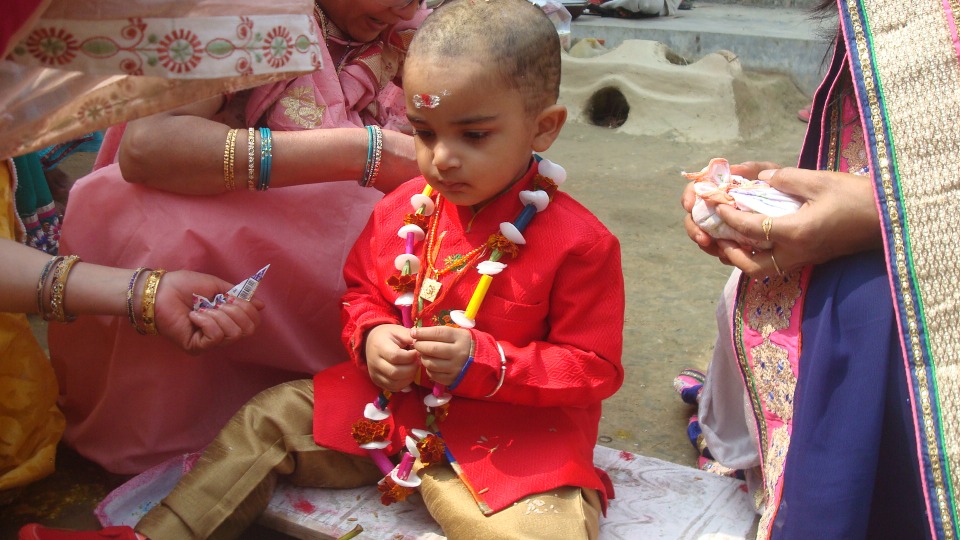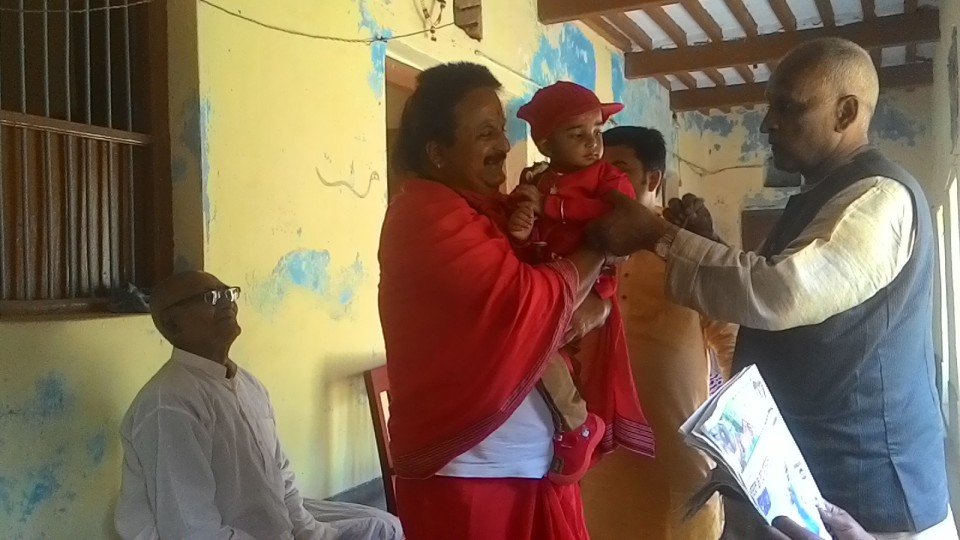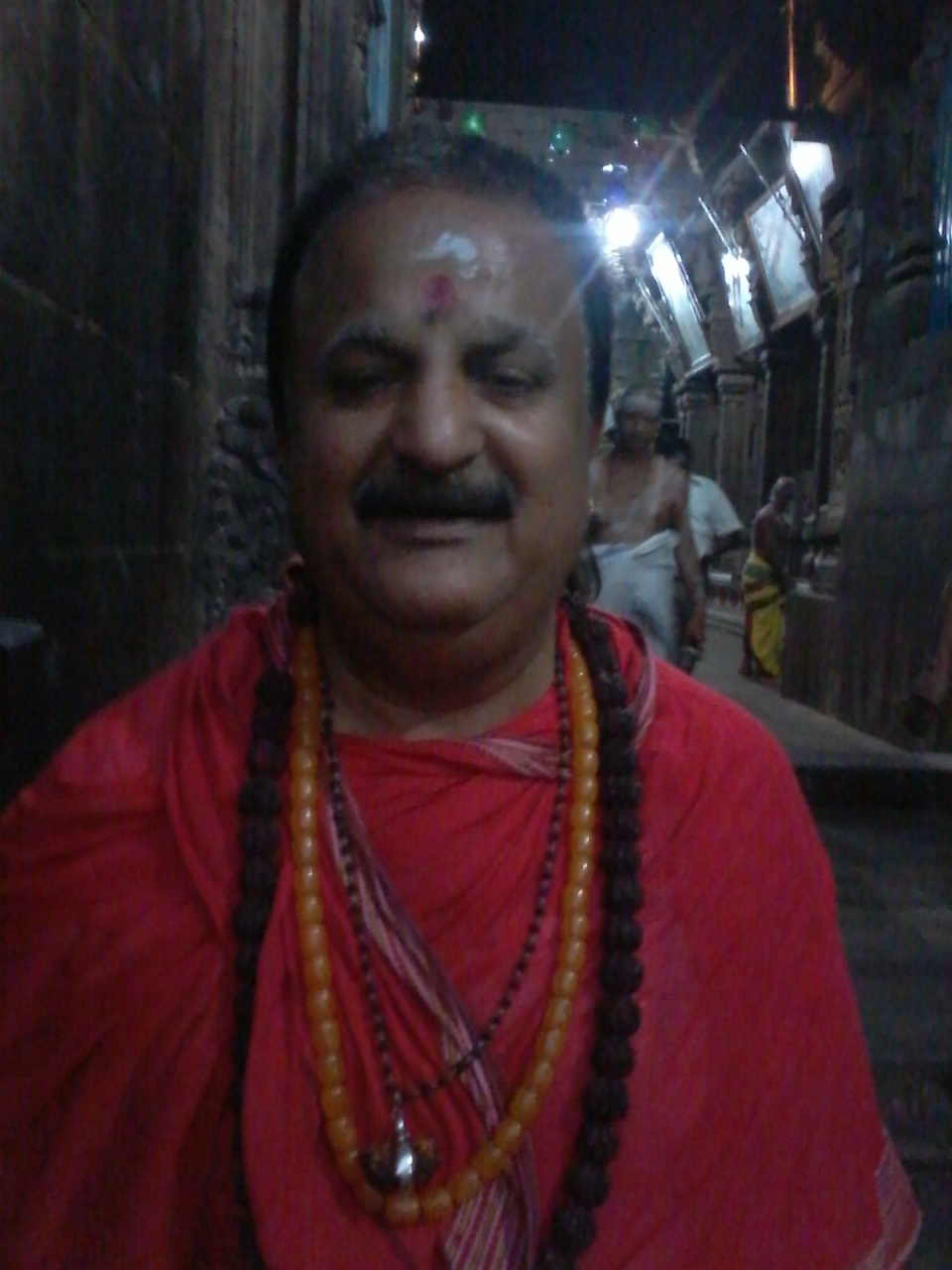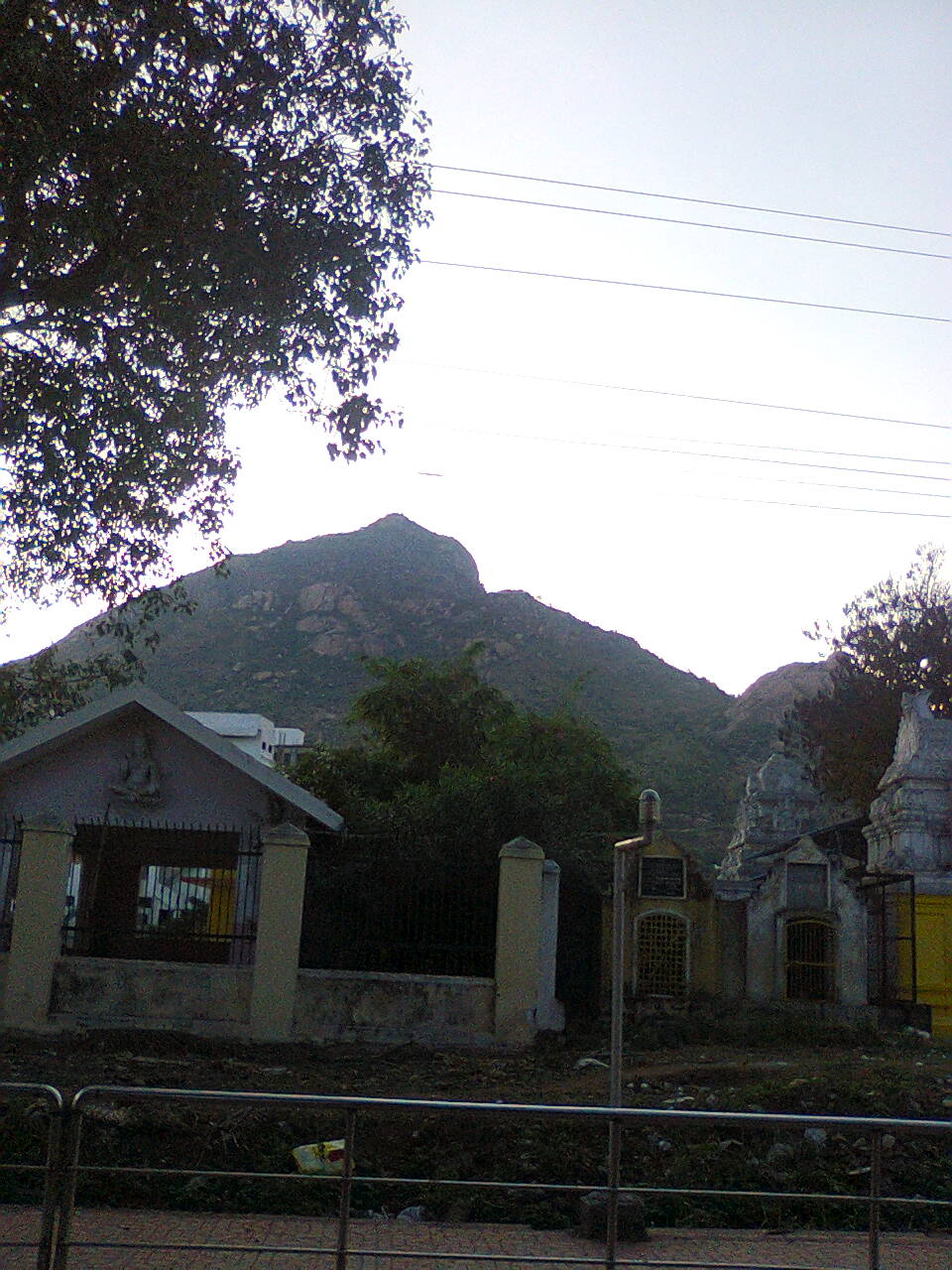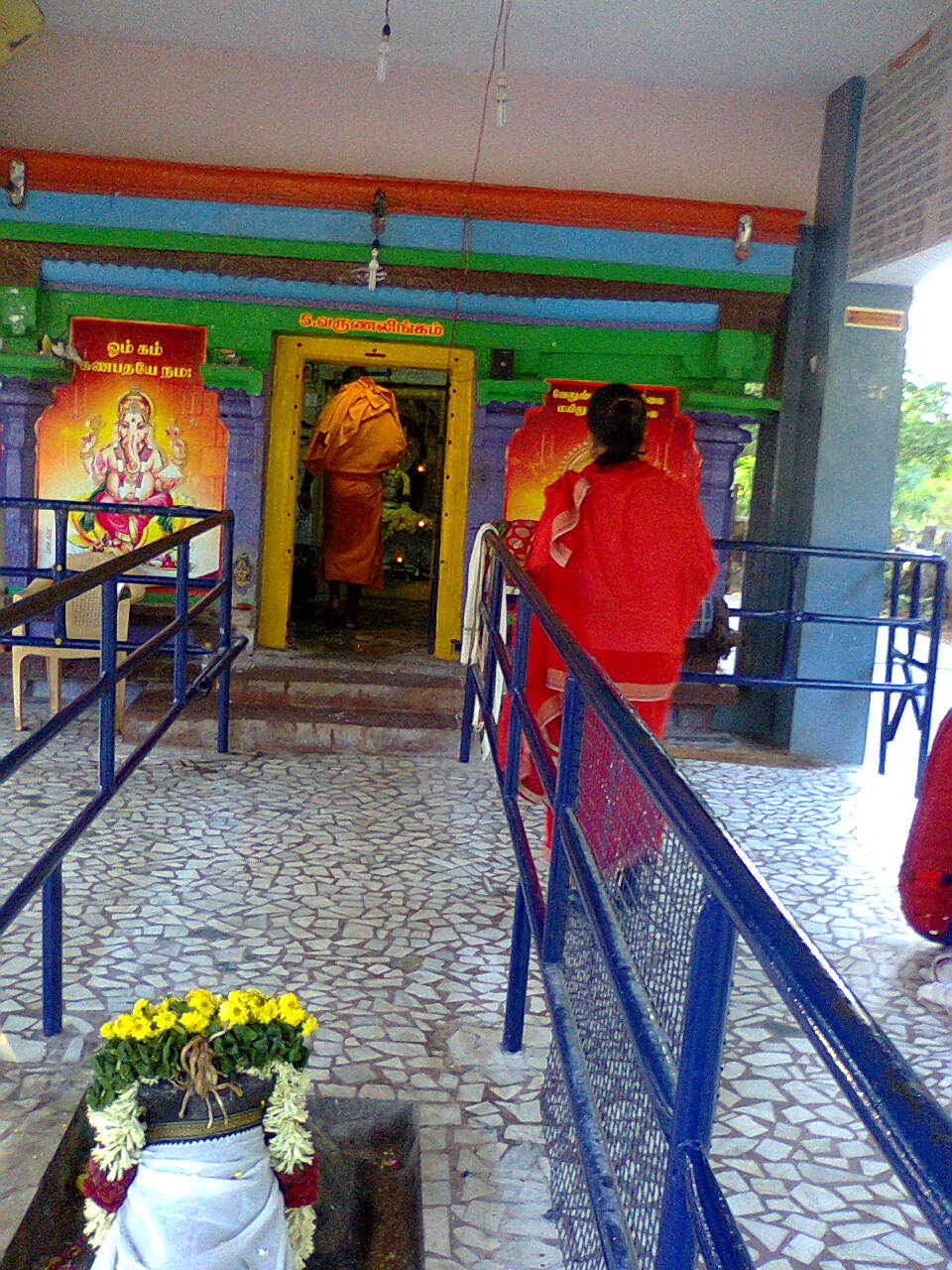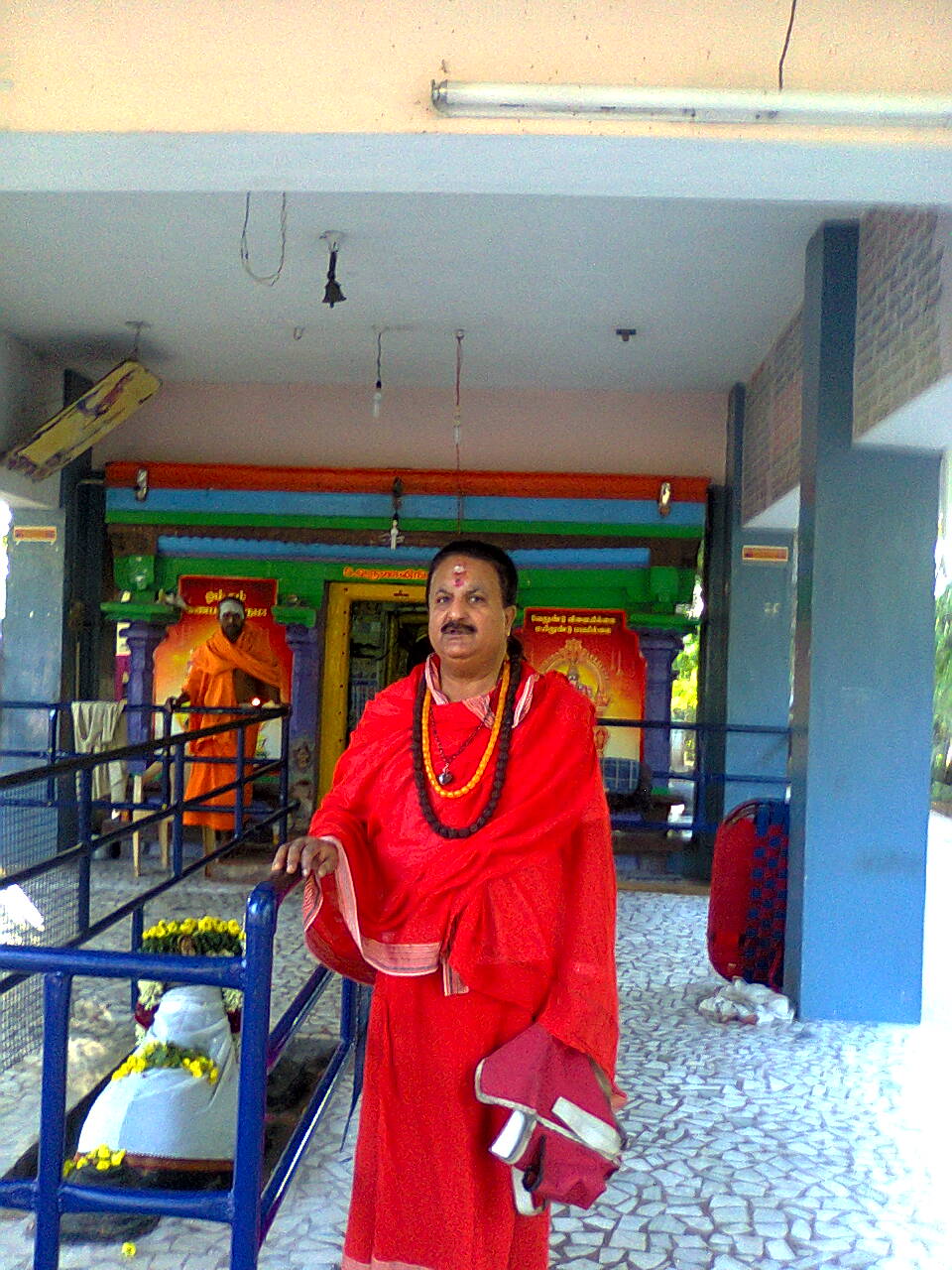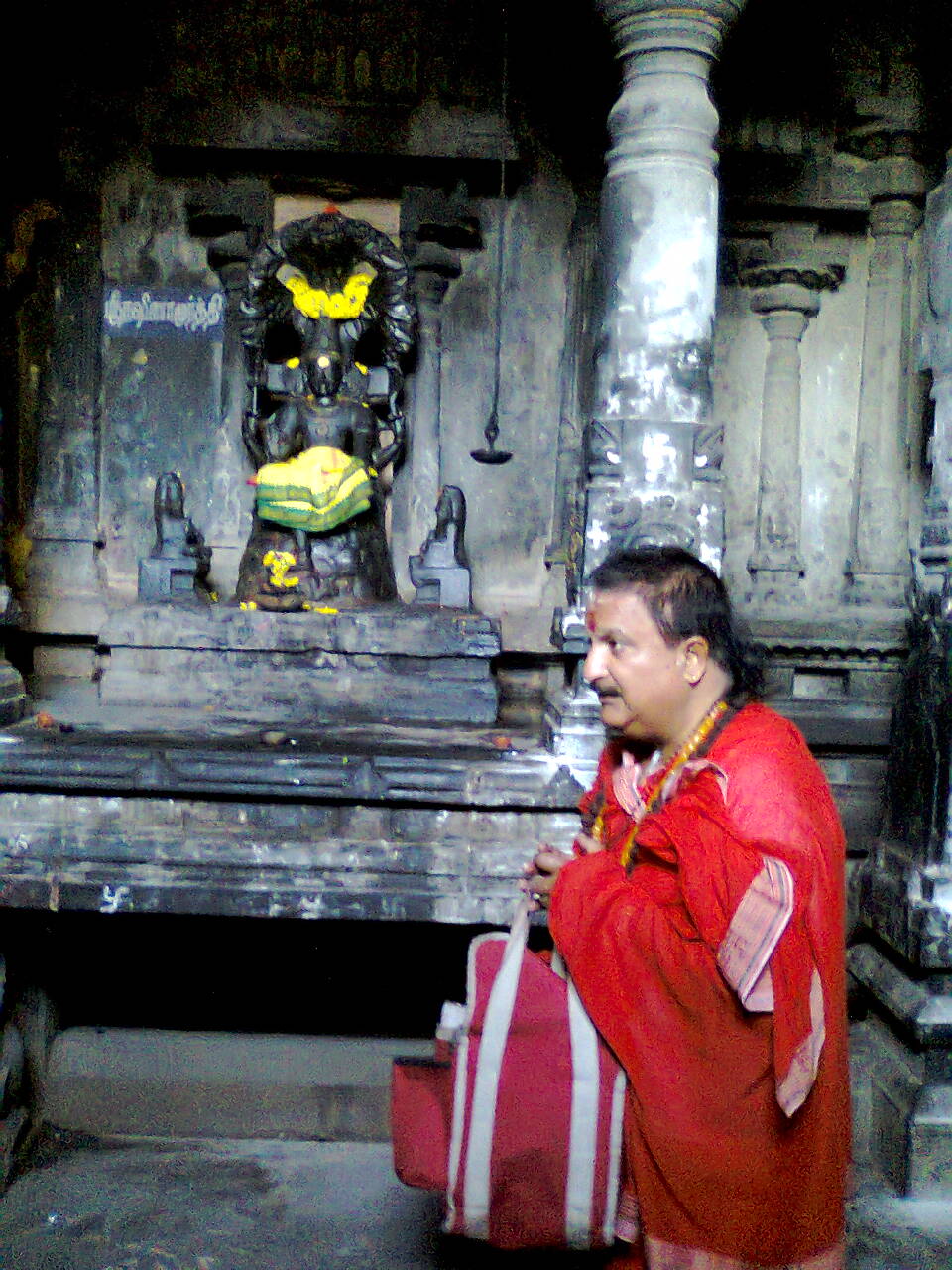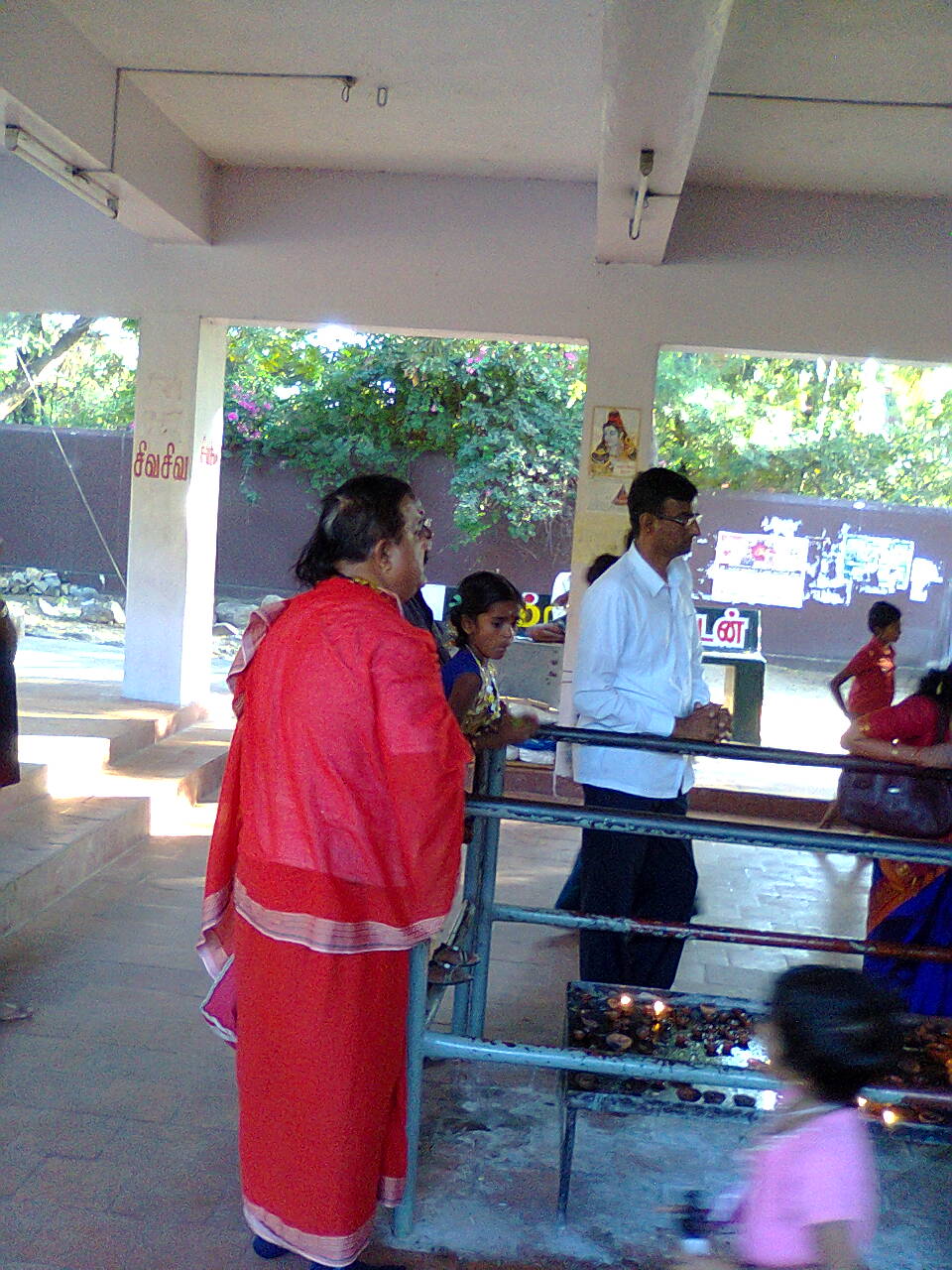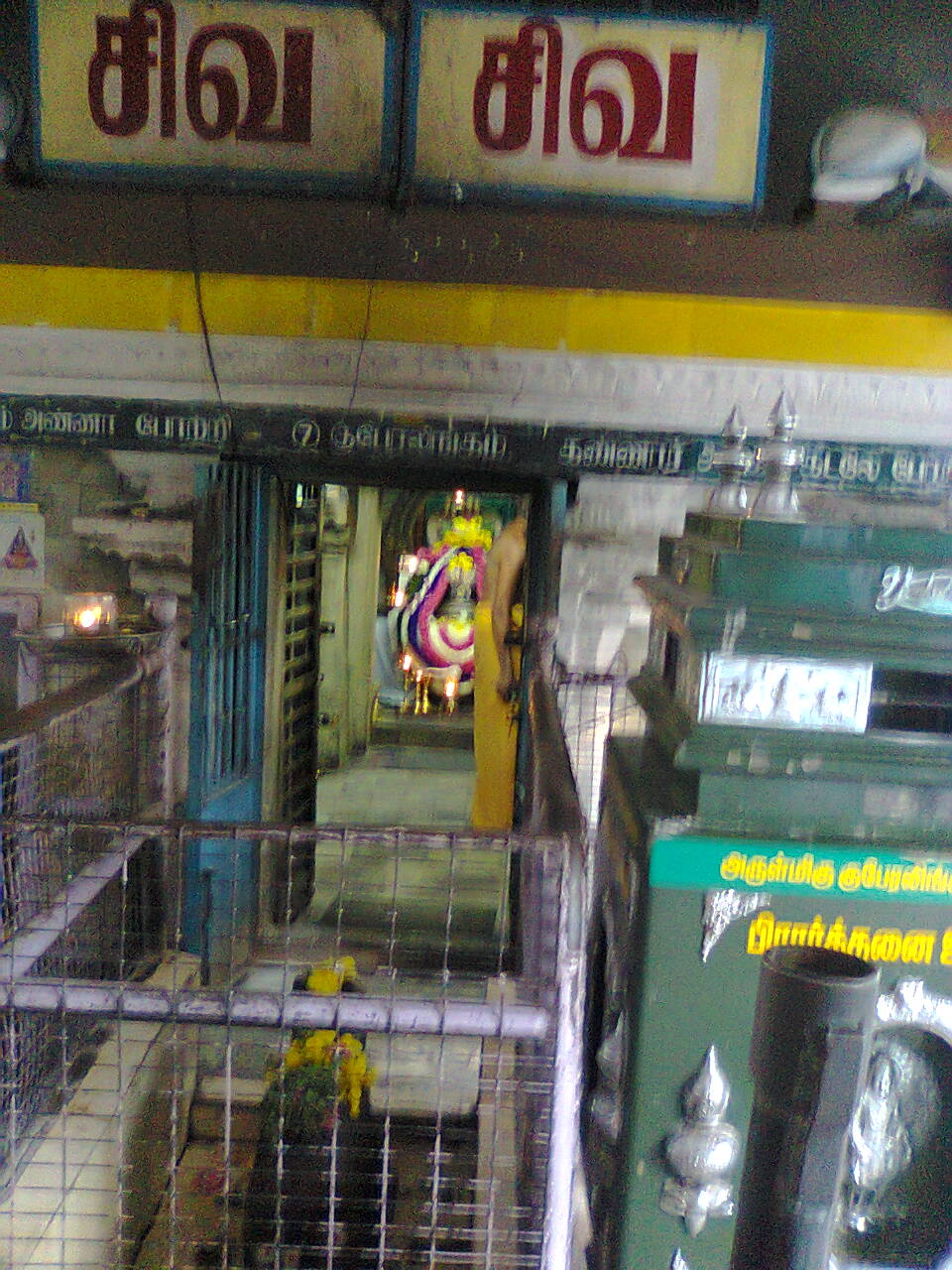ashok

MY SPIRITUAL JOURNEY TO A PLACE OF SIDDHAR TAPOBHUMI OF FORMLESS SHIVA(AKASH LINGAM) AT CHIDAMBARAM.
Dear freinds/Sadhaks,This is my previous life’s karmic factors/unfinished spirutual
agenda &blessings of Guru’s which are taking me to such a blissful places of lord
Shiva like ARUNACHALAM & CHIDAMBARAM,Where siddhar like PATANJALI,
VYAGRAPADA,THIRUMULAR JEE,RAMAN MAHARIHI,Has visited make this
places vibrant forever,Saivaites believes that reguler visits to these places leads to
liberation.IThank my srividya diksha guru ShivPremanand jee,for guiding me.
agenda &blessings of Guru’s which are taking me to such a blissful places of lord
Shiva like ARUNACHALAM & CHIDAMBARAM,Where siddhar like PATANJALI,
VYAGRAPADA,THIRUMULAR JEE,RAMAN MAHARIHI,Has visited make this
places vibrant forever,Saivaites believes that reguler visits to these places leads to
liberation.IThank my srividya diksha guru ShivPremanand jee,for guiding me.
(Meaning of Chidambaram)
The word Chidambaram may be derived from chit, meaning “consciousness”, and ambaram, meaning “sky” (from aakasam or aakayam); it refers to the chidaakasam, the sky of consciousness, which is the ultimate aim one should attain according to all the Vedas and scriptures.. The chidakasam is the state of supreme bliss or aananda and Lord Natarajar is the symbolic representation of the supreme bliss or aananda natanam. Saivaites believe that a visit to Chidambaram leads to liberation.
The word Chidambaram may be derived from chit, meaning “consciousness”, and ambaram, meaning “sky” (from aakasam or aakayam); it refers to the chidaakasam, the sky of consciousness, which is the ultimate aim one should attain according to all the Vedas and scriptures.. The chidakasam is the state of supreme bliss or aananda and Lord Natarajar is the symbolic representation of the supreme bliss or aananda natanam. Saivaites believe that a visit to Chidambaram leads to liberation.





Where we now find this beautiful and ancient temple, was once an impenetrable forest of Tillai trees, which is a kind of mangrove. This forest gave Chidambaram its firs and most ancient name, Tillai. Within this sprawling forest was a lotus pond, and at the southern bank of this pond existed a Svayambhu Linga. A linga is a representation of Lord Shiva which unites both the concepts of Form as well as of Formless in itself. In modern terms this formless-form might be called an abstraction.
. To this lotus pond in the Tillai forest came two saints, named Vyagrapada and Patanjali. They came from very different backgrounds and from very different directions, but they came for the same reason: to witness Shiva’s Cosmic Dance. It had been foretold to them that if they would worship the linga on the bank of the lotus pond in the forest, Lord Shiva would come to perform His Dance.
The Chidambaram temple is laid out as a Purusha. For this reason the devotees may approach the central shrine from two sides. . The nine stupas topping the golden roof represent the nine orifices of the human body, and also symbolize the nine Matrikas or goddesses. The roof is made of 21.600 tiles, representing inhalations and exhalations of breath. The links and side joints symbolize the connecting veins.
The five main steps at the entrance to the shrine stand between the devotees and the image of Shiva, covered in silver. They are the five seed words that panchaksri mantra of lord shiva..
By chanting these syllables, the devotee can cross the ocean of bondage and attain to the Lord. The granite plinth of the shrine is called Parvadam, because it does duty for Mount Kailasa in providing a support for Lord Shiva. On all special occasions puja or worship is performed to this plinth.
The name, Hall of Consciousness or Hall of Wisdom, refers to the quality of wisdom which pervades the atmosphere, bestowed upon the worshippers by the Dance of the Lord. His boon is the experience of the Cosmic Dance.
A unique feature is that the structure of the actual Sabha is made of wood, which has so far not been botanically classified. It is rectangular in form and here Shiva is
worshipped in his three aspects:
As Form Nataraja the murti or image of Shiva
As Formless-Form The crystal linga called Chandramaulishvara
As Formless The yantra which is the Akasha Linga
From the platform opposite the Sabha one can see the image of the Dancing Shiva, situated in the middle of the Sabha. Shiva is facing south, unlike most other Hindu deities. This signifies he is the Conqueror of Death, dispelling the fear of death for the humanity.



The Crystal Linga called Chandramaulishvara is Shiva as Formless-Form. This Crystal Linga was formed from the essence of the crescent moon in Shiva’s matted hair, for the purpose of daily worship. This murti is taken from its keeping place at the feet of the Nataraja six times a day, and abhishekam of holy ablution is performed to him in the hall called Kanaka Sabha in front of the Cit Sabha.
Immediately to the proper right of the Nataraja is the Chidambaram Rahasyam, the ‘mystery’ of Chidambaram. Here, behind a silk curtain which is black on the outside and red on the inside, is the Akasha Linga, in the form of a yantra. An abstract geometrical design, on which the deity is invoked. Behind the curtain, before the yantra, hang a few strands of golden vilva leaves. This signifies the act of creation. One moment nothing exists, the next instant the All has been brought into existence. At regular timings the curtain is removed to allow the devotees to worship the Akasha. he Ether which is the vehicle of the Absolute and Consciousness.
In the innermost courtyard, at a right angle with the golden Sabha, we find the shrine of Vishnu, as Govinda Raja. Reclining on the Cosmic Snake, he is in the yogic state of consciousness, enjoying the vision of Shiva’s dance. The coexistence of the worship
of both Vishnu and Shiva within one temple is unique. The worship of Vishnu was established in the earliest times and was originally performed by the Deekshithars themselves
In the innermost courtyard, at a right angle with the golden Sabha, we find the shrine of Vishnu, as Govinda Raja. Reclining on the Cosmic Snake, he is in the yogic state of consciousness, enjoying the vision of Shiva’s dance. The coexistence of the worship
of both Vishnu and Shiva within one temple is unique. The worship of Vishnu was established in the earliest times and was originally performed by the Deekshithars themselves
The temple of goddess Shivakamasundari, consort of Shiva, is situated on the west side of the Shivaganga tank. A flight of steps leads down into its courtyard. The goddess
is worshipped here as the Jñana Shakti: the energy and power of wisdom. On the frontal portion of the pillared hall, on the ceiling of the right and left wings, the finest eye-capturing fresco paintings of approximately a thousand years old, illustrate the Leelas or Sacred Deeds of Shiva. The galleries surrounding the temple are decorated with a procession of dancers and musicians, sculptured in relief. This temple was possibly build in the 11th century under the Chola king Kulottunga I.
is worshipped here as the Jñana Shakti: the energy and power of wisdom. On the frontal portion of the pillared hall, on the ceiling of the right and left wings, the finest eye-capturing fresco paintings of approximately a thousand years old, illustrate the Leelas or Sacred Deeds of Shiva. The galleries surrounding the temple are decorated with a procession of dancers and musicians, sculptured in relief. This temple was possibly build in the 11th century under the Chola king Kulottunga I.
The Shiva Ganga is the sacred water place or tank. It is famous for healing the ancient king Sveta Varman of his skin disease. His skin became golden after which he was called Hiranya Varman.
In this tank we find a stone representation of the Linga of Tiruvanaikaval, which represents the Element Water. In the dry season it becomes visible as the water level in the tank is reduced.
THE MYSTERIOUS FRIDAY EVENING
Friday evenings the procession at 22.00 is a special experience. The bells ring the Omkara, the sacred sound OM. The lights of the lamps are a dazzling sight. The perfumed smoke of incense envelops the crowd.
The palanquin is taken around the two inner courtyards, accompanied by the chanting of Vedas, and of the music of nadasvarams and drums. Finally to join the cosmic energy of Shakti, his consort, in the Bedchamber, realizing the cosmology.
An unforgettable experience of a vision of the divine.
for reaching chidambaram temple,one shall reach to chennai first,from there lot of buses going towards chidambaram,it is 250km from chennai.






